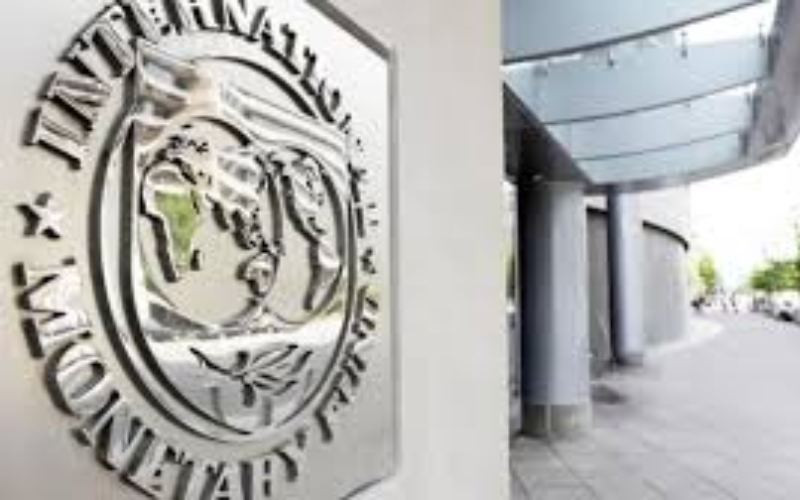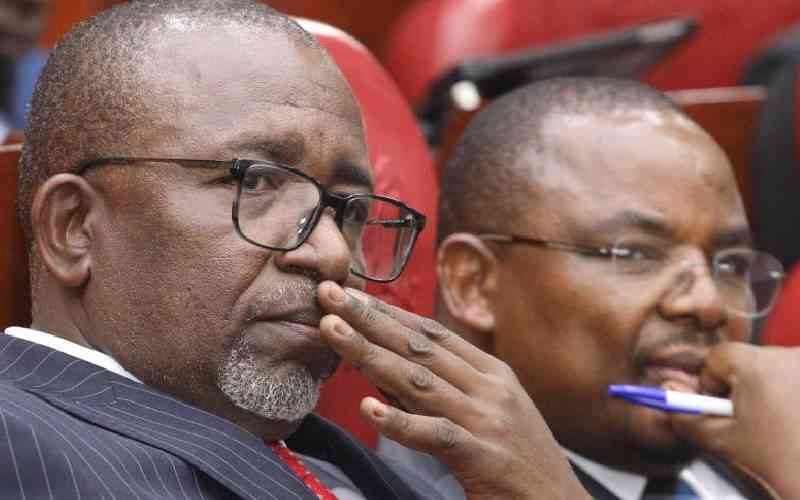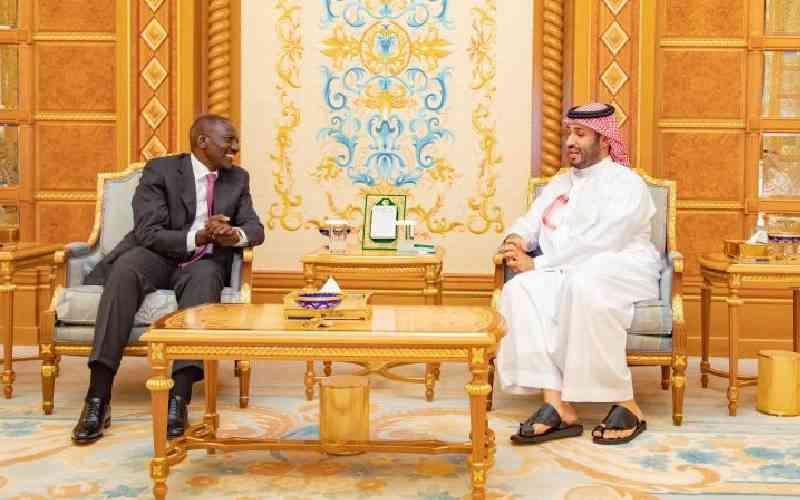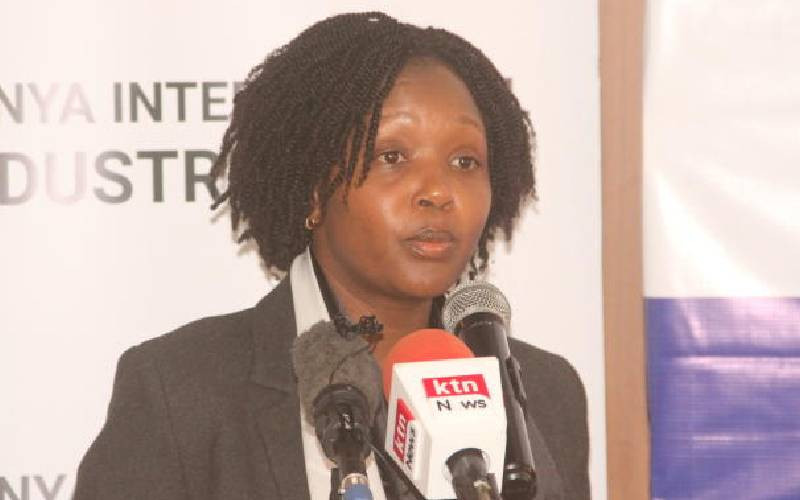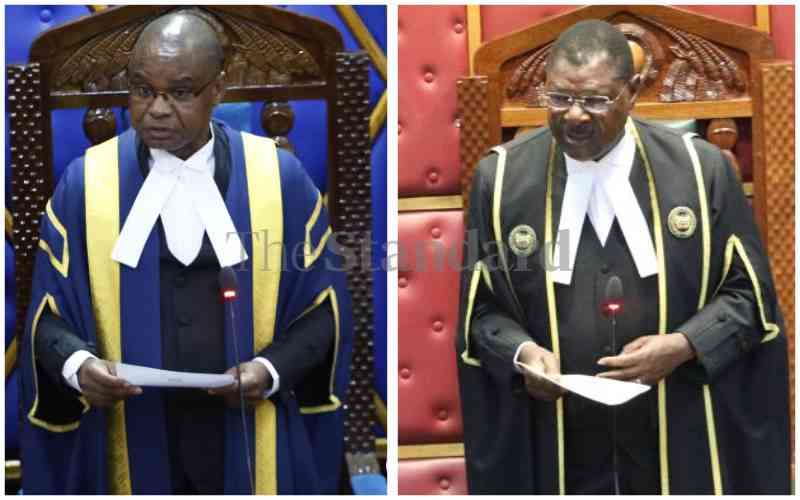The International Monetary Fund has revised downwards Kenya’s economic growth forecast for this year to 6 per cent from 6.8 per cent.
The revision, which is from November’s projection of 6.8 per cent, becomes the second time in less than five months that the Washington-based lender has cut the country’s Growth Domestic Product (GDP) projections.
GDP is the total value of all goods and services produced over a specific period and, therefore, a drop in the figure points to a reduction in the size of the economy.
In November last year, IMF had lowered the projections from 7.2 per cent to 6.8 per cent citing harsh global economic conditions. But in the latest revision, the lender said that due to the prevailing tight domestic and external financing conditions, the pace of public and private investments will be slowed. The $55 billion (Sh 5.6 trillion) economy grew an estimated 5.6 per cent in 2015.
The revision comes hot on the heels of Kenya making clear the intention to cut its net domestic borrowing for fiscal year 2015-16 by nearly a quarter to Sh167.5 billion. The figure, contained in the supplementary budget, is yet to be approved by the National Assembly, even though chances of it going through are high considering nation’s mood to cut borrowings.
Even though the lender said that risks that could hinder growth are reducing, it added that uncertain impact of weather-related effects of El Nino on agriculture, insecurity and volatile global financial markets still pose threats to Kenya’s economy.
However, potential increase in volatility of capital flows was identified as the strongest downside risk. Capital flows refer to movement of money for the purpose of investment, trade or business production.
“Other downside risks include residual security challenges..., significant uncertainty about FDI (Foreign Direct Investment) in oil and gas exploration, and possible pressures for higher current and capital spending as the 2017 presidential elections approach,” said IMF in a statement.
infrastructure
It further warned that should there be a global financial instability, net capital inflows may drop by $5 billion (Sh506.9 billion) over the next two years.
In such scenario, IMF also projects a $3 billion (Sh304 billion) reduction in portfolio flows and FDI to drop by $1.2 billion (Sh122 billion).
Considering the size of Kenya’s economy, the latest report by World Bank titled ‘Deal or no deal: Strictly business for China in Kenya?’ says that the country performs poorly in attracting FDI. According to the data for the country’s net FDI inflows from 1980 to 2011, the report shows, Kenya attracts even less FDI than Uganda and Tanzania.
In what appears like painting a bleak picture for 2016, IMF said that economic growth is only expected to pick up after this year. This will be supported by among other things, improved transport infrastructure and regional integration.
IMF sees inflation numbers remaining above 7.5 per cent, which is government’s upper target. However, this may ease in mid next month.
This comes after the Fund approved Kenya’s application for a total of Sh152.3 billion ($1.5billion) in a precautionary credit facility.
Stay informed. Subscribe to our newsletter
Precautionary arrangements are used when countries do not intend to draw on approved amounts, but retain the option to do so should they need it.
 The Standard Group Plc is a
multi-media organization with investments in media platforms spanning newspaper
print operations, television, radio broadcasting, digital and online services. The
Standard Group is recognized as a leading multi-media house in Kenya with a key
influence in matters of national and international interest.
The Standard Group Plc is a
multi-media organization with investments in media platforms spanning newspaper
print operations, television, radio broadcasting, digital and online services. The
Standard Group is recognized as a leading multi-media house in Kenya with a key
influence in matters of national and international interest.
 The Standard Group Plc is a
multi-media organization with investments in media platforms spanning newspaper
print operations, television, radio broadcasting, digital and online services. The
Standard Group is recognized as a leading multi-media house in Kenya with a key
influence in matters of national and international interest.
The Standard Group Plc is a
multi-media organization with investments in media platforms spanning newspaper
print operations, television, radio broadcasting, digital and online services. The
Standard Group is recognized as a leading multi-media house in Kenya with a key
influence in matters of national and international interest.

